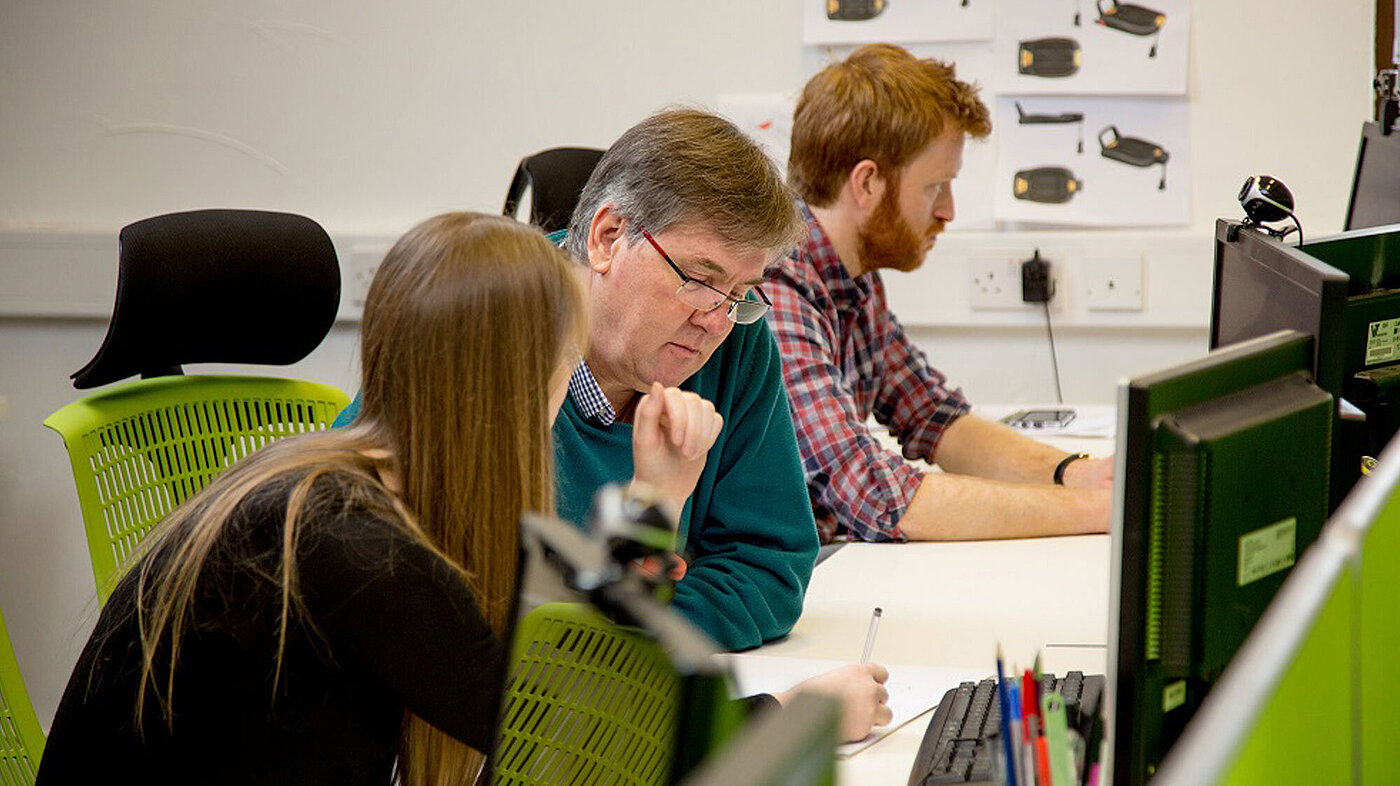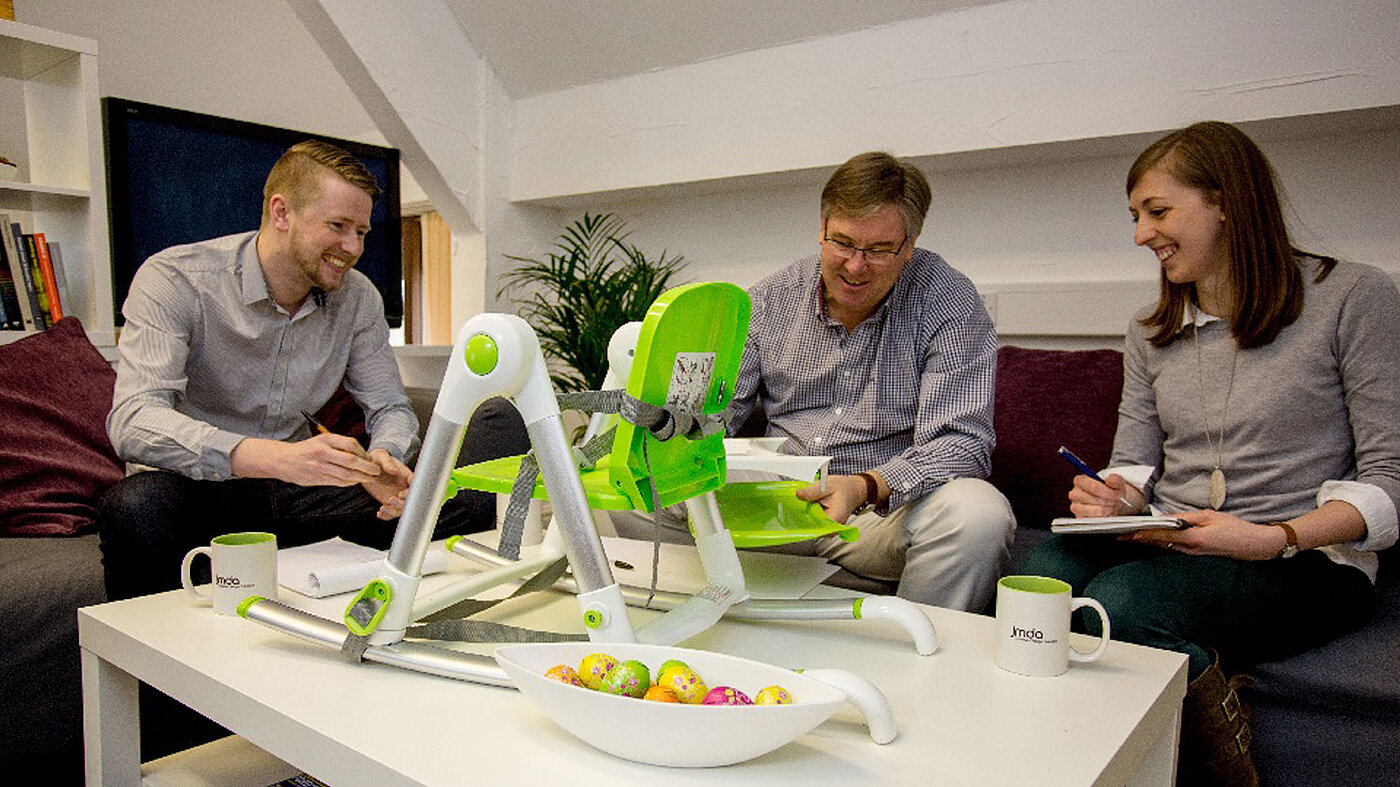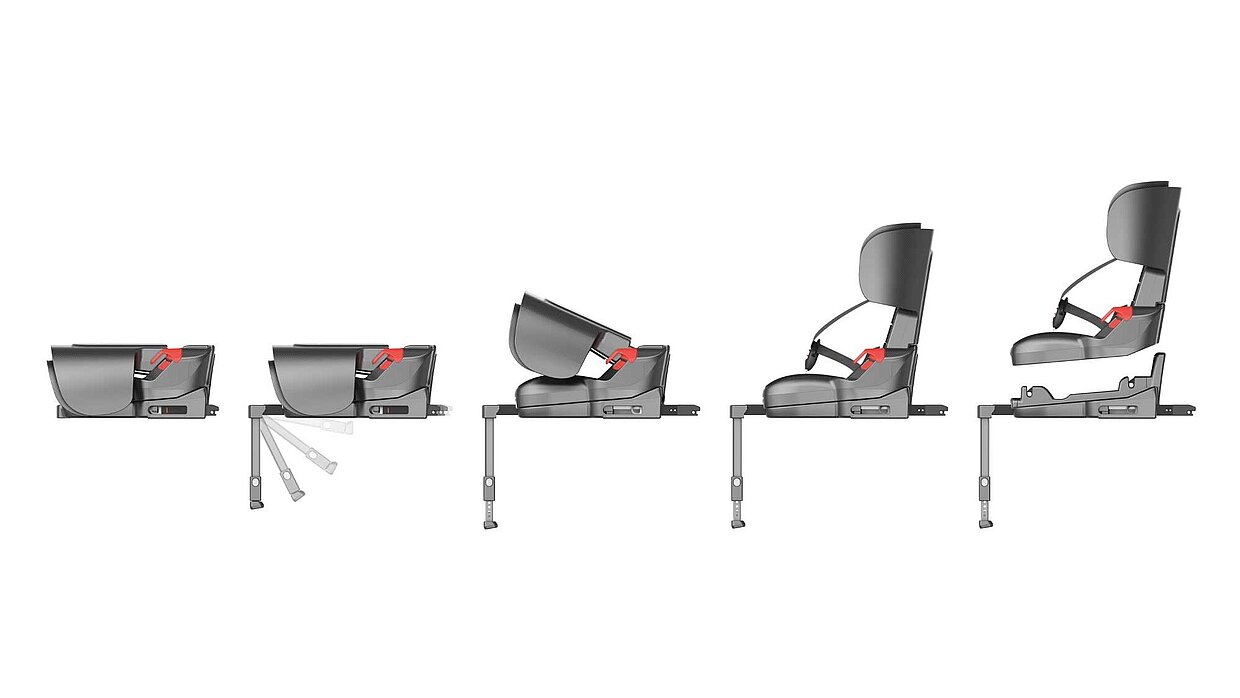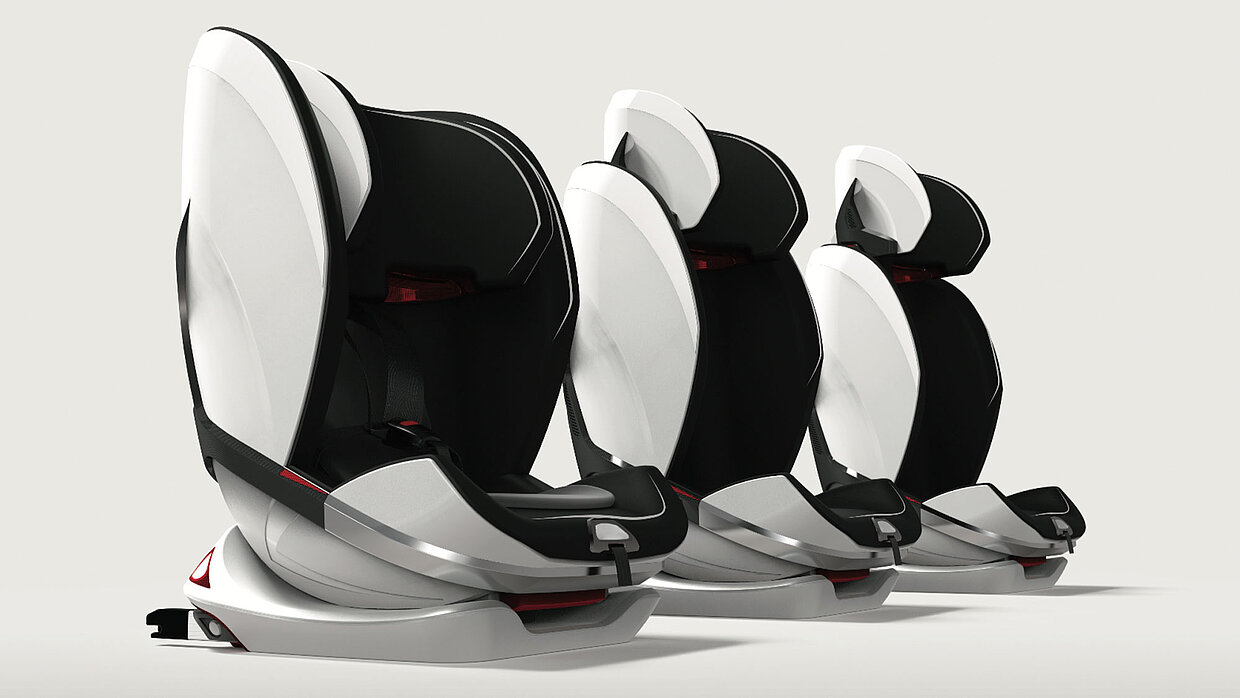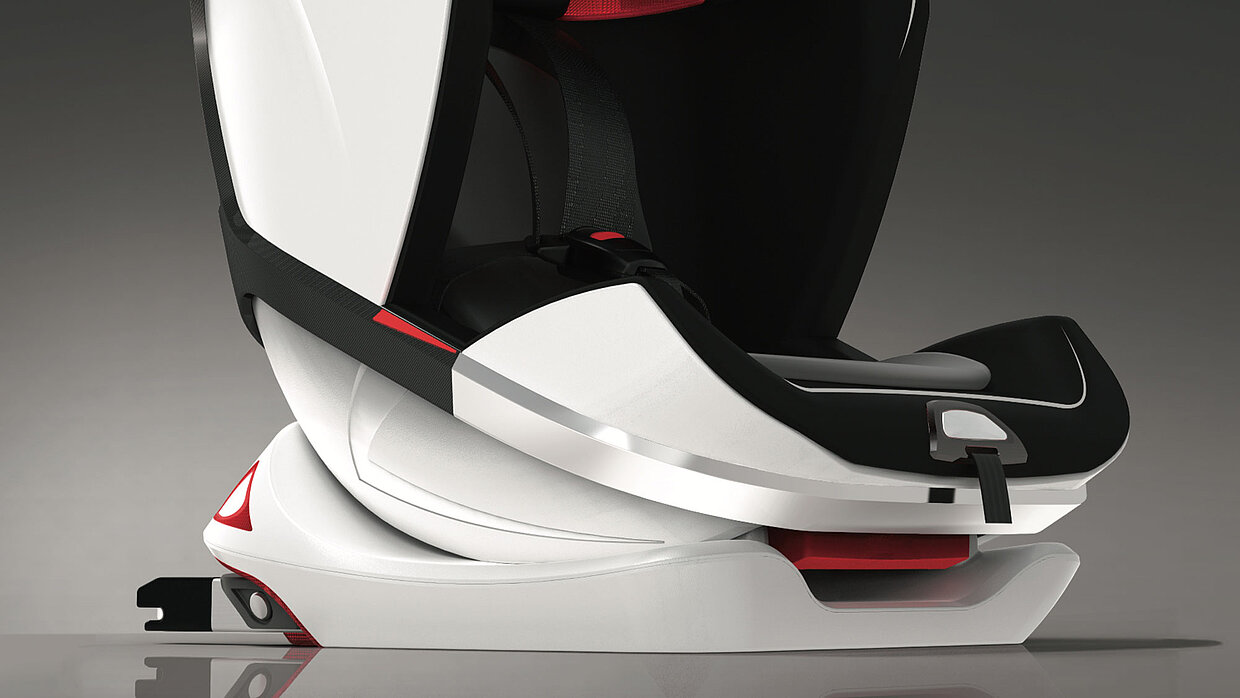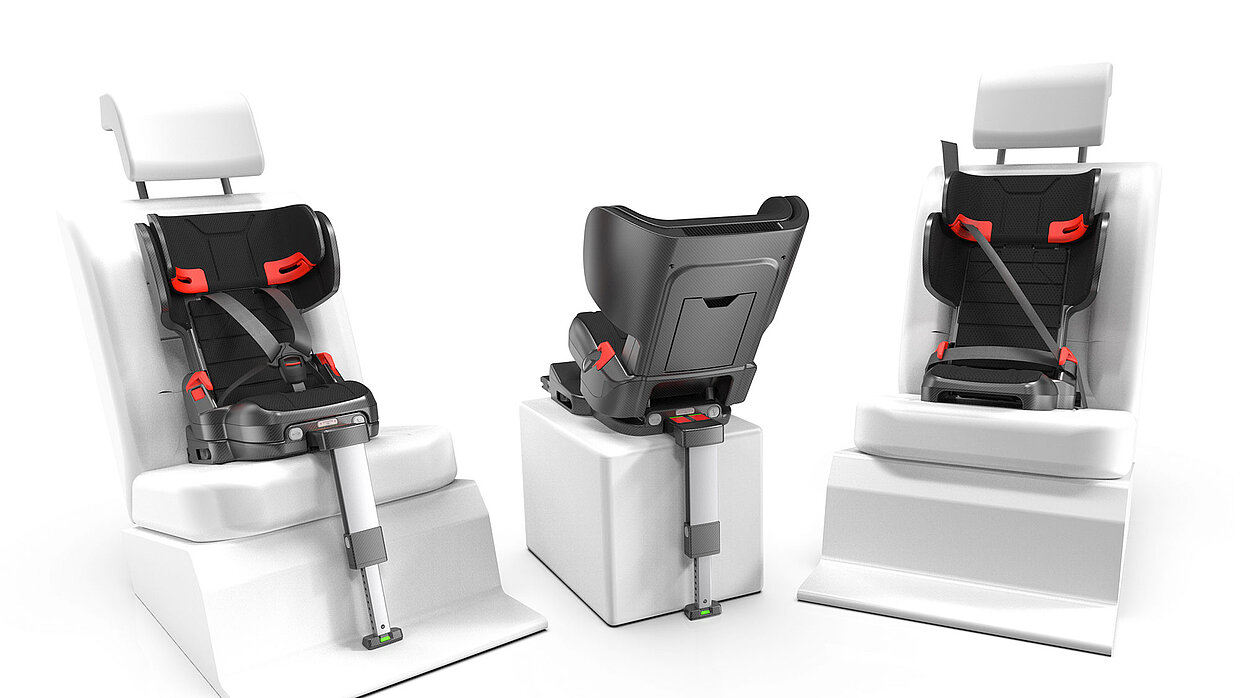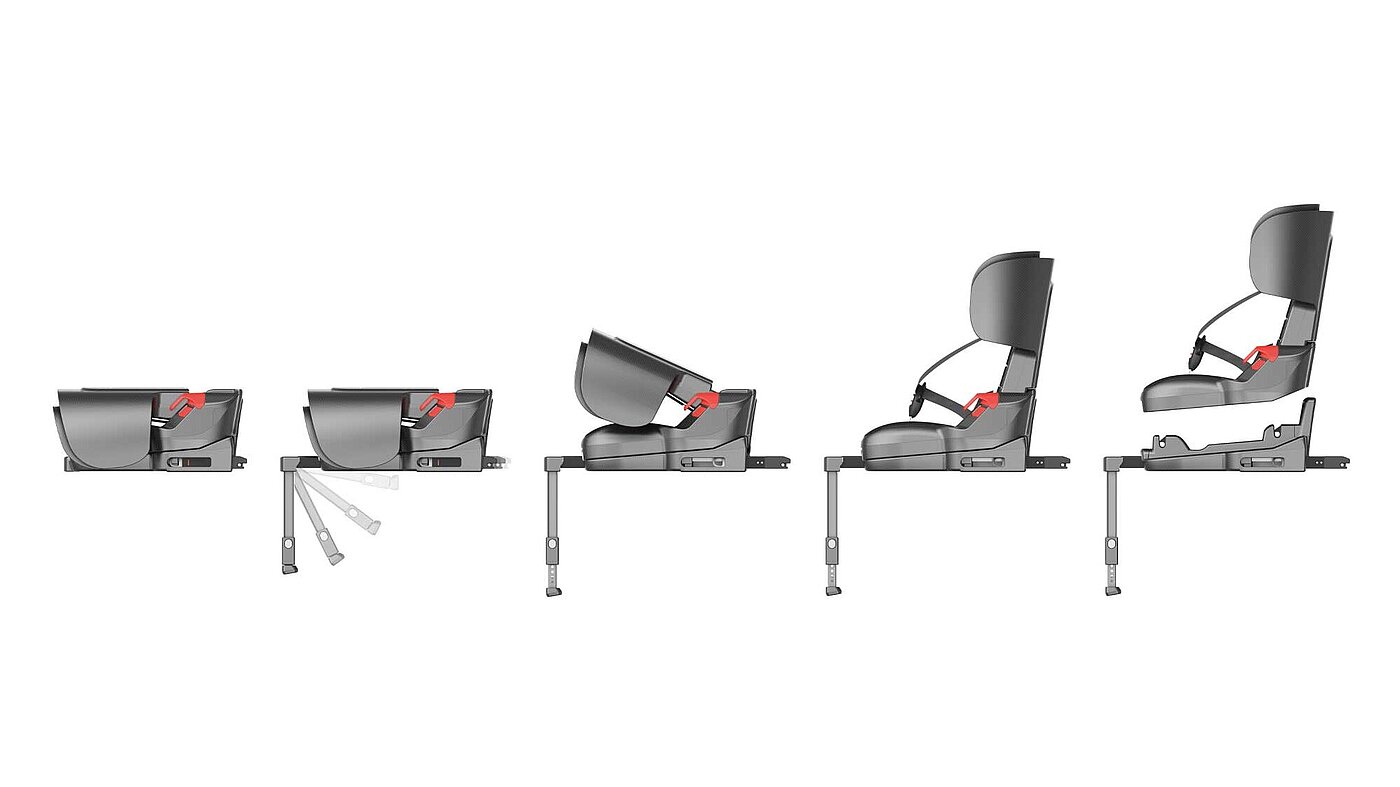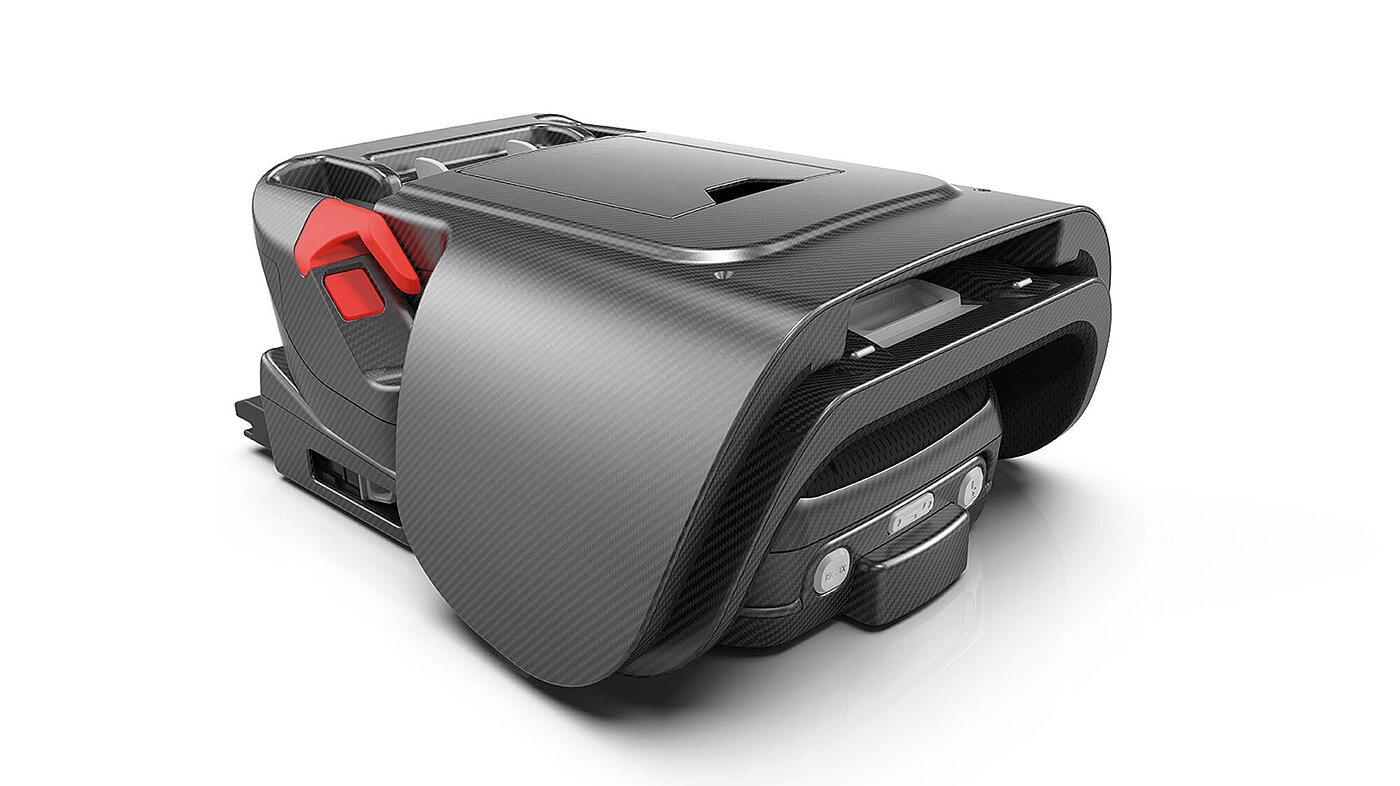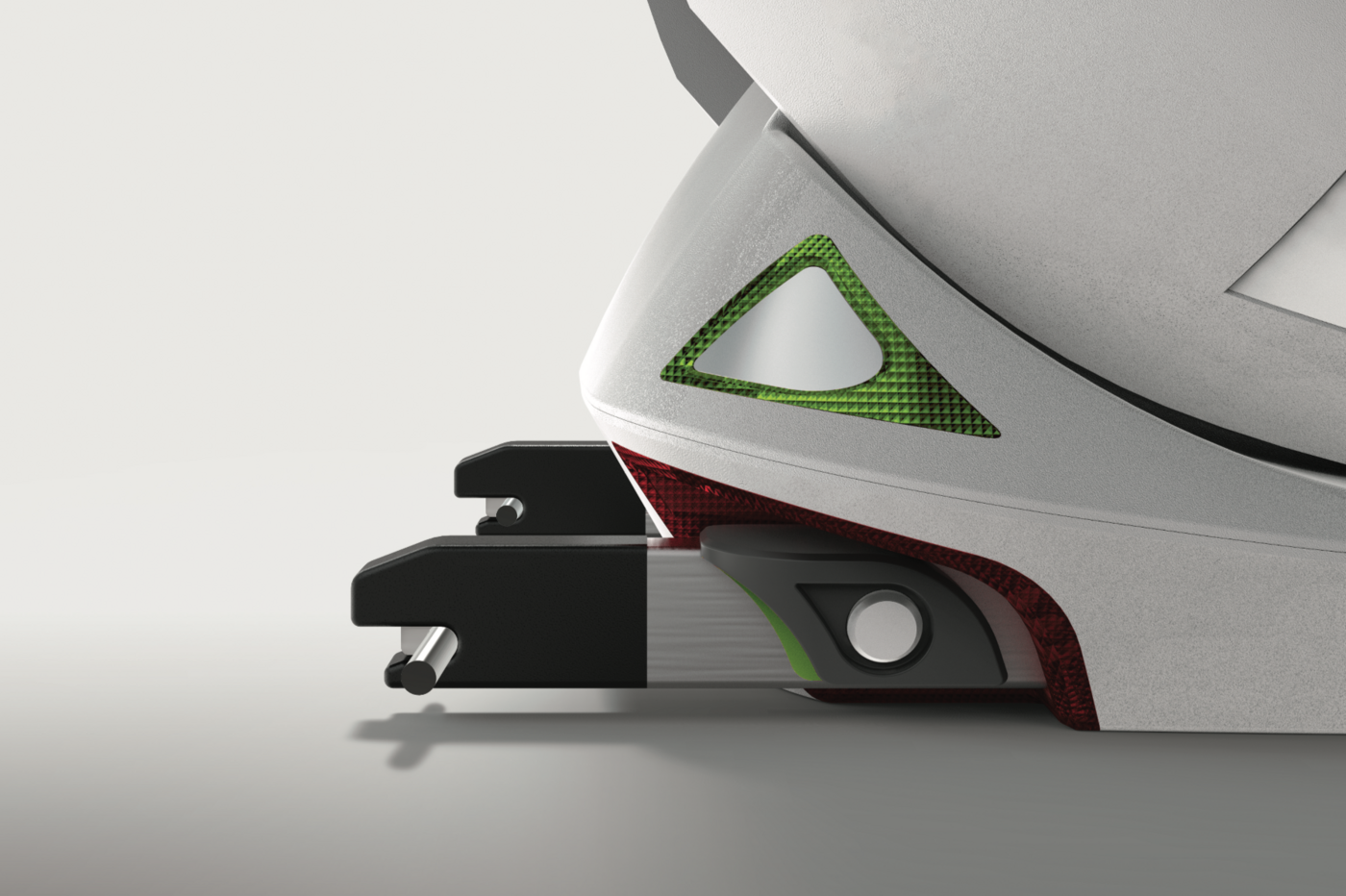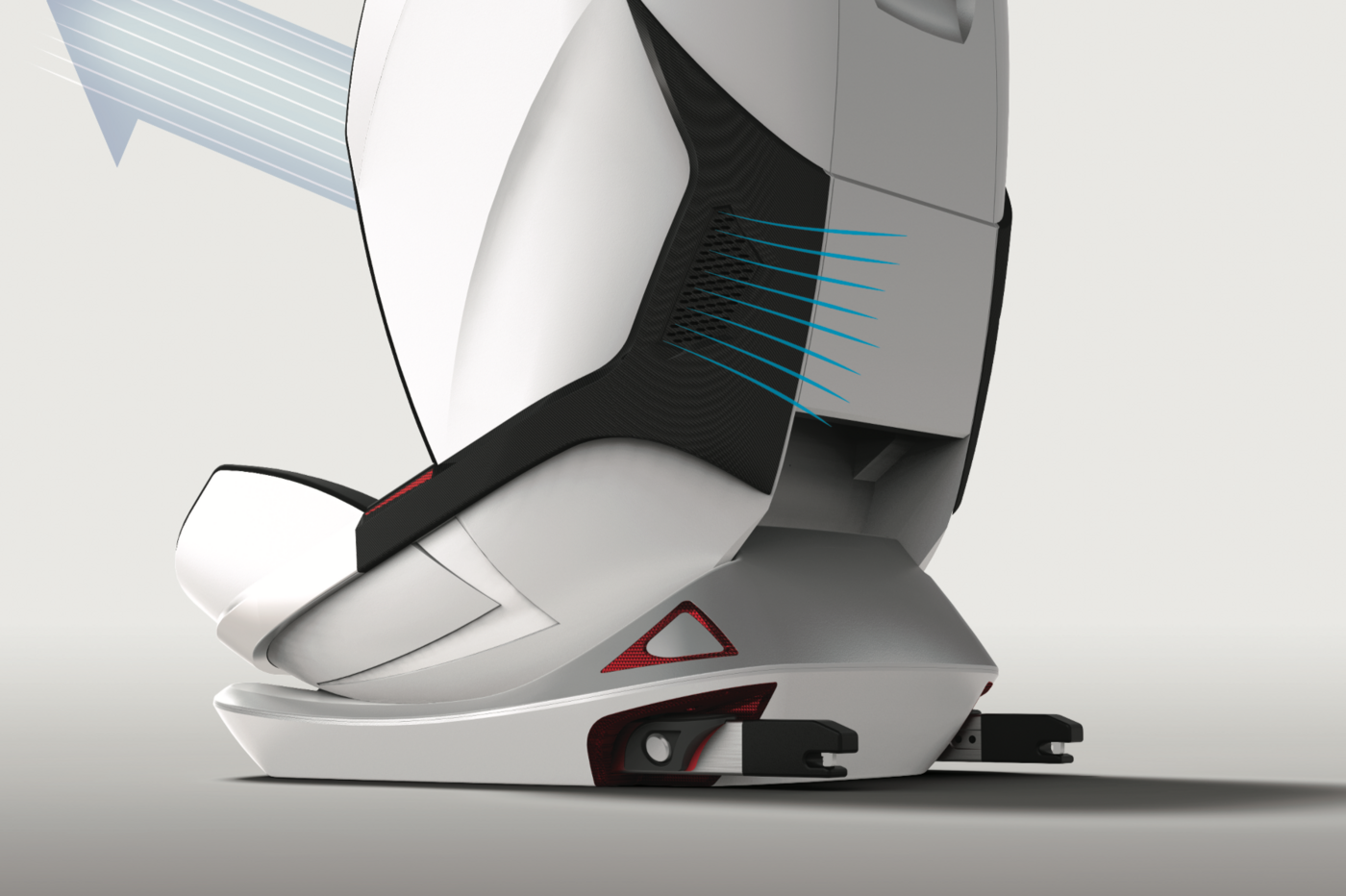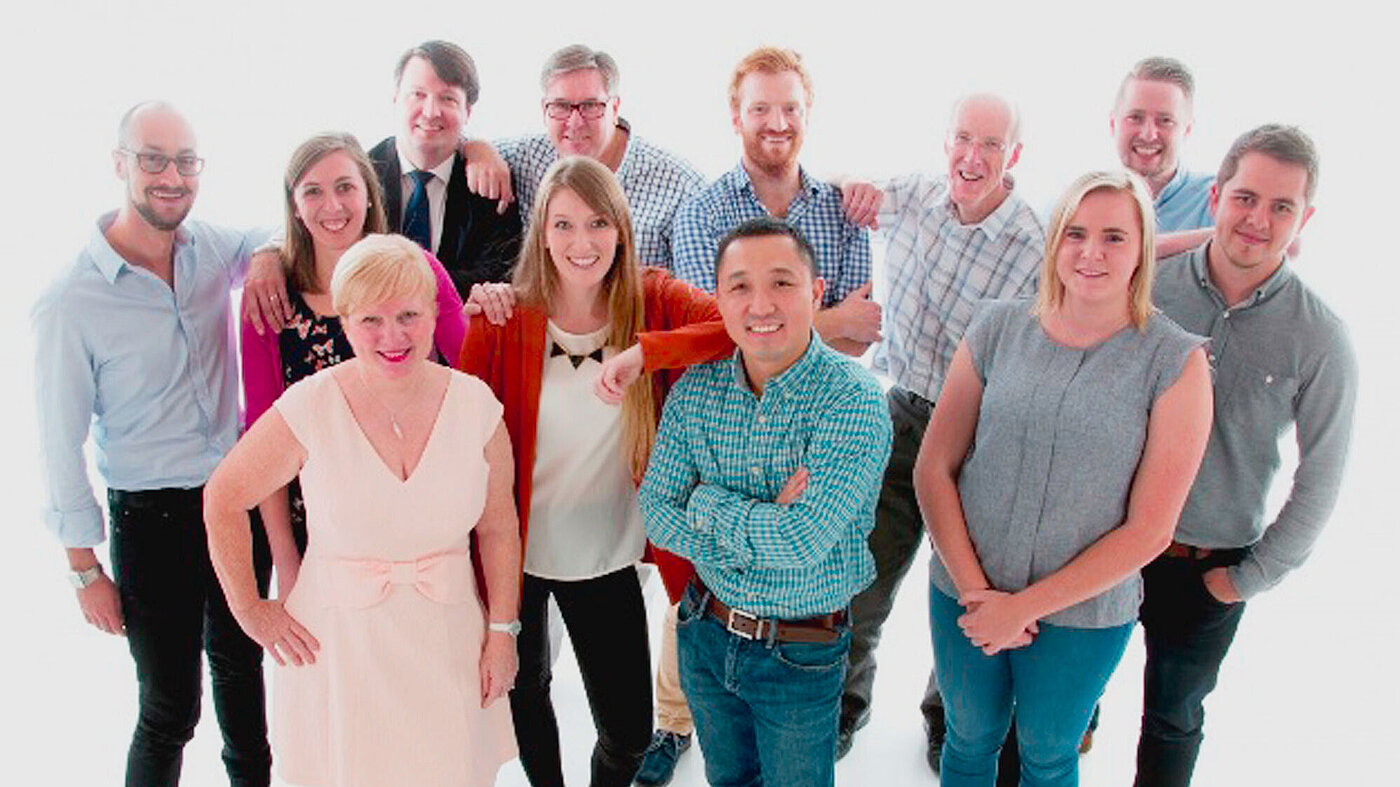Interview with Derrick Barker of JMDA Design
Managing Director and Creative Director of JMDA Design, Derrick Barker, is in charge of developing the creative process and driving innovation to build a company that focuses on innovation on a global scale.
His career as a designer started in 1978 when the world of product design was very different. Derrick always wanted to find new ways to solve problems, making life easier and safer for the consumer.
Derrick shares more on his thoughts on design and leadership.
What is the most fulfilling part about being a designer?
I take a real pride in seeing my designs being manufactured and helping business grow and be successful. More important however is seeing how they contribute and help the lives of consumers.
Do you think you have a niche area or preferred field as a designer?
My passion is in developing safety products in particular Child Restraint Systems (CRS). The complex regulations and crash safety requirements surrounding these products requires a robust engineering process and meticulous attention to detail.
What is a common challenge you tend to prepare yourself for, whenever you’re about to start a new project?
Every product designed is different which means the challenges are always different too. Major projects require you to focus all your skills and experience into a particular design. There’s a real buzz in the office when we have a particularly large project, and a great design reveals itself from the first stroke of the pen. It becomes a great award winning design.
What is your biggest design career moment?
Winning a Red Dot Award has definitely been the highlight of my 25 Years at JMDA Design. It represents all the experience and skill gained and crystallised into one perfect design.
How do you remain inspired and motivated to keep designing new products and concepts?
My design inspiration comes from all around us…. The market, the motor industry, global trends and technological innovations. Also a passion for child safety and for continuous improvement.
Design school never ends, at least not for great designers. How do you continue to learn and grow?
We learn from our younger designers. Our fresh new staff inject fresh ideas that mix perfectly with the experienced members of the team. We brainstorm ideas and by questioning designs ideas and turning them on their head, and ultimately we all learn from each other’s experiences.
How would you describe your design research?
Bringing ideas together from listening to marketing intelligence, looking at design trends and research the industry is key. Study competitor products and intellectual property. We explore and gather research from other industry and product sectors, and we review past designs, all of which stimulate creativity.
In your niche area of Child Restraint Systems, is there a special step in design research that you take?
I work closely with regulatory bodies across the globe so we can delivered the best products and safety performance.
What would you say will be future of design? Or the next big thing?
Remote monitoring of devices and their status through apps’ to get real-time communication and analysis is the future of design in my opinion. Also Nano technology creating intelligent and stronger materials which enables us to design more robust and sophisticated products.
When or how do you know that your product has become a success?
Success has a range of interpretation. One could say that the car seat designs are successful because they are safe, or they sell well, or they make good profit. To me safety is the heart of man’s instinct to protect. When our designs maximise the safety of children globally you know you have made it!
How do you say no to people?
A balanced report of pros and cons can be a practical way to support a ‘no’ decision. However more important is understanding the client’s needs and using your experience to identify and recognise the challenges and the client’s limitations. To then find the right diplomacy to inform and guide the client to decide what is in their best interest.
‘No!’ can also be a choice made by the agency due to conflicts of interest, risk, value and product experience. In such cases these would be expressed to the client. Understanding your limitations is important in realising a successful outcome.
How do you decide what not to build?
This is a decision which is made early on in the process. Design review with senior designers, client and risk assessment enables informed selection and elimination of solutions.
What makes an ideal design culture in your environment?
Diversity of youth, maturity, personalities, skills, life experiences and creative talent blend into an inspirational design culture. Promoting opportunity, competitive spirit and a caring management style makes everyone feel valued and inclusive. Our team building days and training and development programmes creates a progressive design culture.


